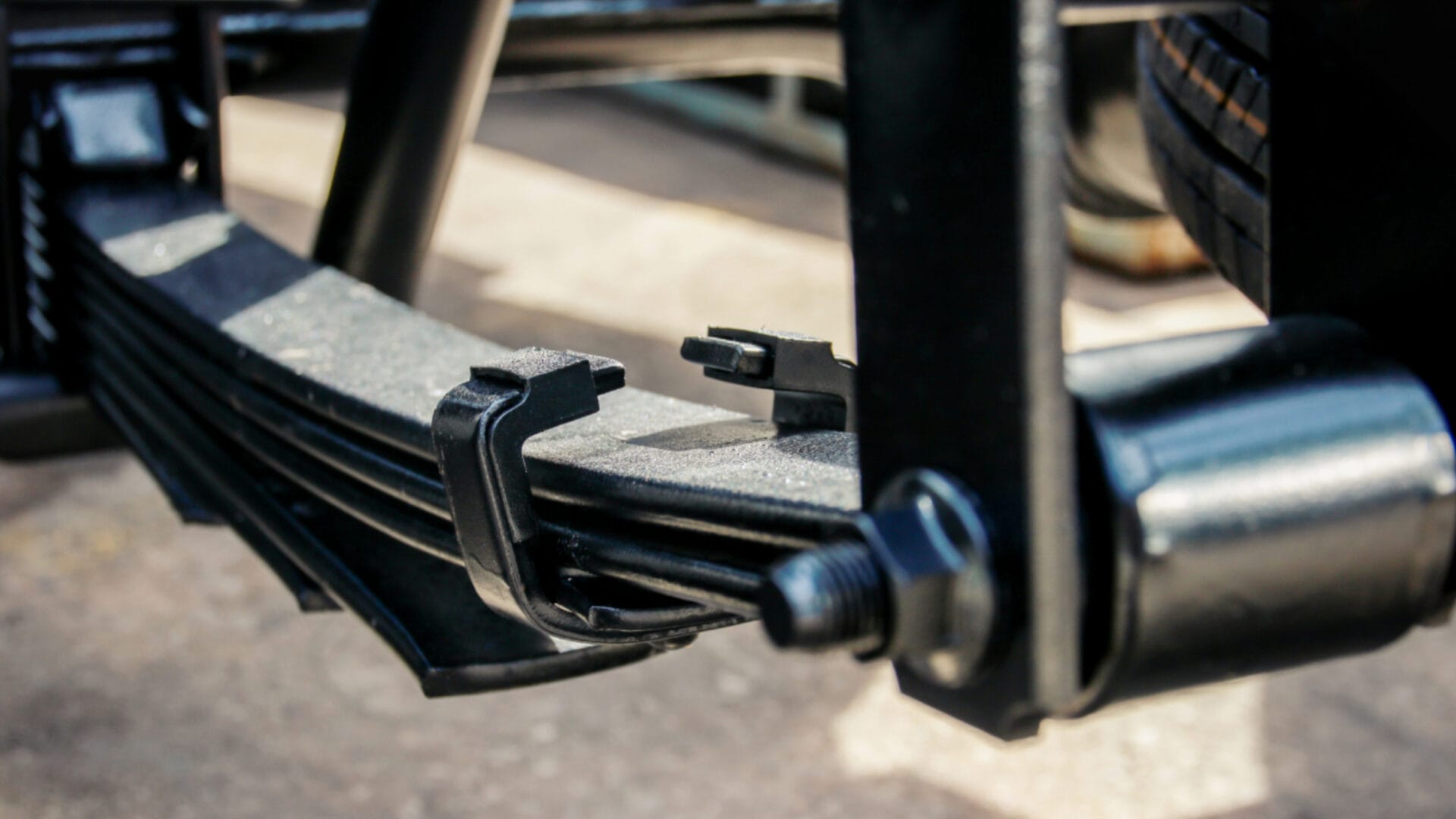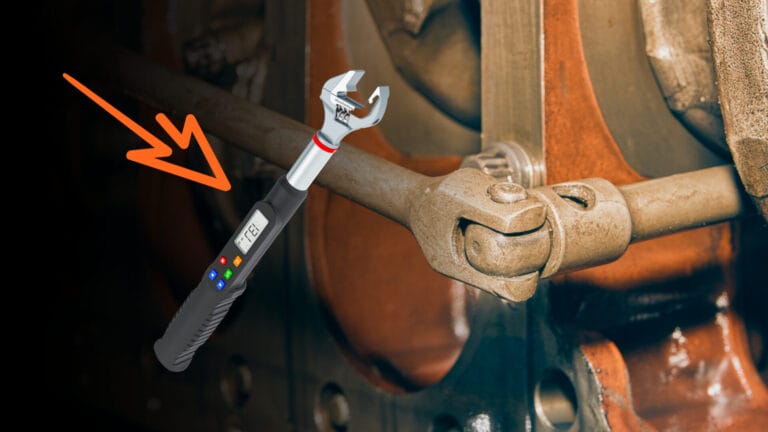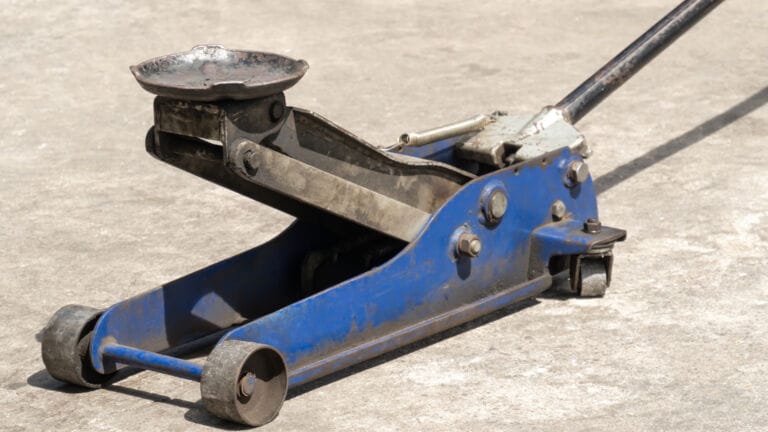Leaf Springs Vs Torsion Axles
If you’re in the market for a new trailer, you may have come across the debate between leaf springs vs torsion axles. Both have their advantages and disadvantages, making it difficult to decide which one is the best option for your needs. While spring axle are known for their weight support, torsion axles are designed to provide a smoother ride.
However, the decision between the two can be a bit confusing, especially when trying to figure out which one is more important for your specific application and preferences.
In this article, we’ll explore the unique characteristics of both systems, highlight the differences between them, and discuss how each option may impact the performance of your entire axle trailer.
Leaf Springs
Leaf spring axles also known as cargo trailers, are made up of multiple layers of spring steel bound together. They are a reliable solution for load-bearing applications and provide support for the vehicle’s weight, absorb shocks, and maintain proper ride height.

Torsion Axles
Torsion axle offers a more modern and compact alternative. Instead of traditional spring suspension, they utilize a rubber cord torsion bar to provide torsion suspension. This straight axle design delivers a smoother ride with improved stability and is particularly popular for lighter loads and recreational trailers.

How They Differ?
When it comes to vehicle suspension systems, two popular trailer axle options are leaf springs and torsion axles. Knowing the difference between these two options can help you make an informed decision about which trailer suspension system is right for your vehicle.
Leaf spring axle and torsion trailer axle differ in terms of their construction and mechanics.
When you compare leaf springs and torsion axles, you’ll notice that leaf springs use layers of steel trailer frame to evenly distribute weight and absorb shocks.
On the other hand, torsion axles rely on a rubber trailer parts to offer a suspension system that is more flexible and independent. The key difference lies in their design philosophy and how it affects the ride quality for you.
Comparative Analysis
Here’s a detailed comparison chart of leaf springs vs. torsion axles, which will help you understand the key contrasts better.
| Aspect | Leaf Springs | Torsion Axles |
| Ride Quality | Ride rough and noisy | Smoother and quieter |
| Ground Clearance | Ride higher | Lower center of gravity |
| Independence | Not independent | Each wheel is independent |
| Weight Capacity | 1000-10000 pounds per axle | 1000-7000 pounds per axle or more |
| Corrosion Resistance | Less corrosion resistance | Great corrosion resistance |
| Impact Absorption | Better absorb load from uneven ground or shock | Full impact on one wheel or set of wheels |
| Affordability | More widely used due to affordability | More expensive |
| Customization | Limited customization options | Build options for more ground clearance |
When to Use Torsion Axles vs. Leaf Springs
Leaf springs are suitable for commercial loads on a budget, found in trucks like the Ford F-150, Chevrolet Silverado, and Dodge Ram. Budget-friendly options like the Nissan Frontier and Toyota Tacoma may feature spring trailer axle for reliability and economy. Off-road/uneven terrain vehicles like Jeep Wranglers and Toyota Land Cruisers often incorporate leaf spring suspension.

For lighter loads in a utility trailer, torsion axle trailer is better. Airstream Basecamp, Scamp, and Casita use torsion axles for a smoother towing experience. High-end trailers like Winnebago Revel, and luxury SUVs like Lexus GX feature a torsion axle trailer for long-term advantages.
Springing into the Right Choice: Leaf Springs vs. Torsion Axles
Selecting the appropriate suspension system for your trailer or vehicle involves a thoughtful evaluation of various factors. Let’s delve into the key aspects that can significantly impact your choice between leaf springs and torsion axles.
- Load Capacity: To ensure optimal performance and safety while carrying your load, choose a suspension system compatible with your car or trailer’s maximum weight capacity. Leaf spring trailer has a standard load capacity of 1000-10000 pounds per axle. while torsion axles can handle 1000-7000 pounds per axle.
- Durability and lifespan: When deciding on the usage of a suspension system, it is essential to consider its durability and lifespan. For heavy-duty applications, strong leaf springs also known as multi axle trailers are undoubtedly the best choice. on the other hand, torsion axles, which require lower maintenance due to fewer moving parts, are ideal for other use cases.
- Cost and Budget: Think about the initial and ongoing expenses related to each form of suspension. Although leaf springs could seem like a more affordable option at first, torsion axles may be more cost-effective in the long term due to their reduced maintenance needs.
- Trailer Camber: There are three options: full, half, and no camber, each of which serves a particular load characteristic. Being aware of how camber affects tire wear and selecting the appropriate solution will ensure even tire wear and optimal performance. Before making a hefty investment, make sure you opt for the one that suits your requirements best.
- Terrain and Application: Make your choice based on the terrain and application. Leaf springs with an axle beam, is a versatile and suitable for varied terrains including rough roads. While a torsion axle with independent suspension provides a smoother ride and is ideal for applications where a constant, even surface is crucial.
- Installation Complexity: Consider how simple it is to install and maintain. Leaf springs are a sensible option for people who want a suspension system with modest maintenance needs because they may be easier to install and fix.
- Weight Distribution: When choosing between torsion axles or leaf springs for a trailer’s suspension, consider weight distribution. Torsion axle suspension offers a smoother ride, but it requires more attention to weight distribution. Leaf springs distribute weight evenly, potentially improving stability.
Frequently Asked Questions
Are leaf springs or torsion axles superior for trailer load distribution and weight balance?
Yes. Leaf springs are superior for trailer load distribution and weight balance due to their linear and predictable response to varying loads, ensuring balanced weight distribution for safety and stability.
Torsion axles or leaf springs—which is easier to install or replace?
Leaf springs are easier to replace than torsion axles. They are modular and bolt to the chassis, easing installation and maintenance. While axle assemblies need to be replaced, torque axles require more specialized tools and skills.
Can leaf springs or torsion axles be improved for certain applications?
Yes, specialized leaf spring and torsion axle upgrades can boost performance. Helper springs or multi-leaf arrangements can increase leaf spring load capacity. Changing the torsion arm or using better suspension materials can modify torque axles.
Do leaf springs or torsion axles need more maintenance?
Leaf springs need more frequent pivot point lubrication and wear checks. Torsion axles are enclosed and require minimal maintenance. For optimal performance and safety, both suspension systems should be inspected periodically for wear and damage.
Are leaf springs or torsion axles cheaper over time?
Choose technology based on cost, maintenance, and lifespan. Leaf springs are cheap but need upkeep. Torsion axles cost more but require less maintenance. Pick based on your use.
End Quote
There is no clear winner in the argument between leaf springs and torsion axles. Your decision must be in keeping with your individual wants, necessary loads, and financial constraints. If you want a more comfortable and secure ride, you should learn the differences between torsion axles, which are more modern, and leaf springs, which are tried and true.






